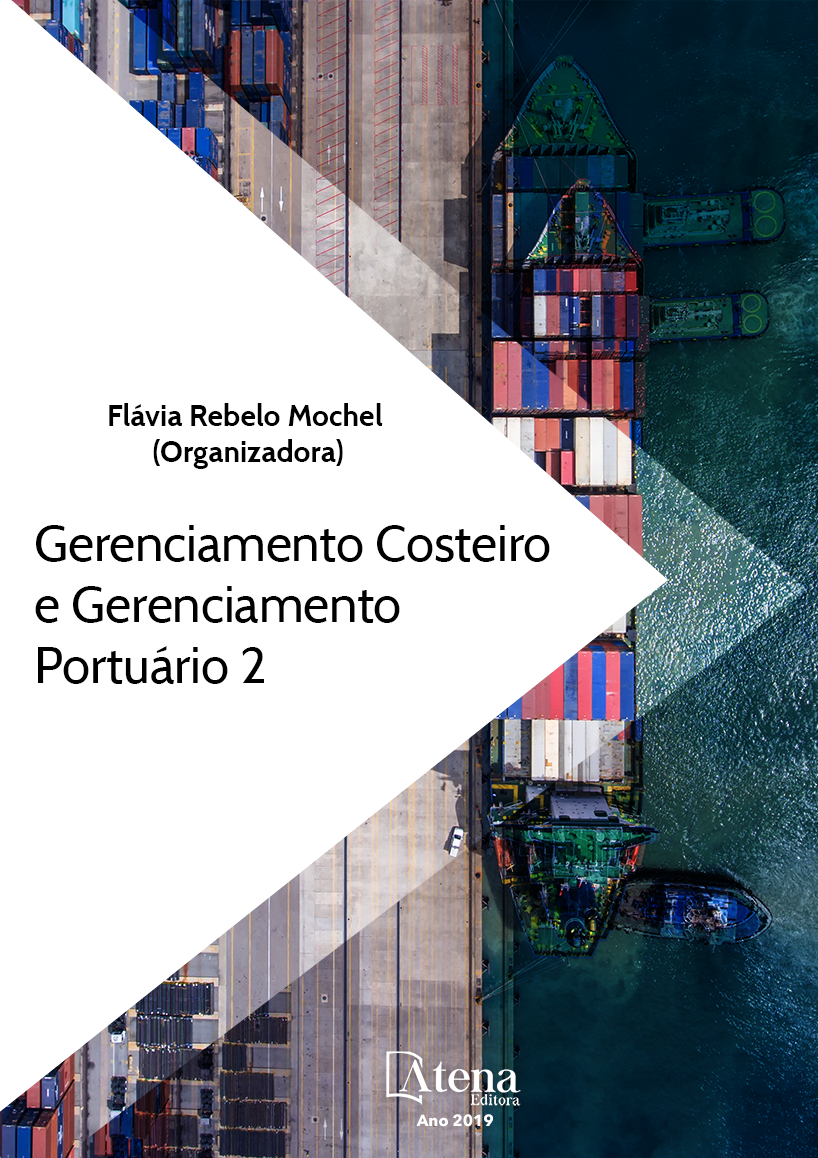
ABORDAGEM INTEGRADA PARA A RECUPERAÇÃO DE MANGUEZAIS DEGRADADOS EM ÁREAS PORTUÁRIAS COM ESTUDO DE CASO EM SÃO LUÍS, MARANHÃO
A restauração de uma área de
manguezal foi executada de 2009 à 2012 em uma
área degradada por atividades de dragagem.
Mudas produzidas em viveiro de Rhizophora
mangle, Avicennia germinans e Laguncularia
racemosa foram plantadas e atributos
estruturais e funcionais foram registrados e
monitorados em parcelas durante 4 anos.
Foram obtidos a altura da planta, diâmetro da
base (DAB), fenologia, desenvolvimento foliar,
herbivoria e mortalidade tanto no viveiro como
no sítio de recuperação. De outubro de 2009
e abril de 2012 a altura média de L. racemosa
aumentou 18,5 vezes (11 para 203,5 cm) e a
média do DAB aumentou 6,5 vezes. Em A.
germinans a altura média aumentou 5,6 vezes
(32,3 cm a 181,6 ) e a média do DAB aumentou
2,7 vezes. R. mangle apresentou aumento na
altura média de 3,7 vezes (36,25 a 136,44 cm)
e na média do DAB de 2,2 vezes. As primeiras
inflorescências em A. germinans ocorreram em
setembro de 2010, L. racemosa floresceu em
novembro de 2010 e R. mangle em fevereiro de
2011. A herbivoria foi baixa e quando ocorreu
foi mais intensa nas folhas de R. mangle (média
de 1,56%) seguida por L. racemosa (0,63%) e
A. germinans (0.12%). Os valores foram baixos
para mortalidade com as menores perdas
para A. germinans (11,1%), seguida por R.
mangle (12,5%). L. racemosa apresentou a
maior mortalidade (14,8%) bem como o maior
ganho estrutural. Os resultados mostraram que
o ecossistema atingiu o estado de ecossistema
recuperado após 4 anos das mudas plantadas.
ABORDAGEM INTEGRADA PARA A RECUPERAÇÃO DE MANGUEZAIS DEGRADADOS EM ÁREAS PORTUÁRIAS COM ESTUDO DE CASO EM SÃO LUÍS, MARANHÃO
-
DOI: 10.22533/at.ed.2011911096
-
Palavras-chave: restauração de manguezais, terminal portuário, restauração ecológica.
-
Keywords: mangrove restoration, port áreas, restoration ecology
-
Abstract:
Mangrove restoration was carried
out from 2009 to 2012 in a mangrove area
damaged by dredging activities. Nursery grown
seedlings of Rhizophora mangle, Avicennia
germinans and Laguncularia racemosa were
planted and structural and functional attributes
were registered in monitoring plots along 4
years. Plant height, diameter at the base (DAB), phenology, leaf herbivory and plant
mortality were measured and quantified. From October 2009 to April 2012 the mean
plant height for L. racemosa increased 18.5 times from 11 to 203.5 cm and mean
DAB increased 6.5 times. The mean plant height for A. germinans increased 5.6 times
from 32.3 to 181.6 cm and mean DAB increased 2.7 times. For R. mangle the mean
plant height increased 3.7 times from 36.25 to 136.44 cm and mean DAB increased
2.2 times. A. germinans first flowers appeared in September 2010, while L. racemosa
flourished in November 2010 and R. mangle in February 2011. Herbivory was low
throughout the restoration period and when occurred was more intense on R. mangle
leaves (mean of 1.56%) than on L. racemosa (0.63%) and A. germinans (0.12%).
Results showed low mortality values and A. germinans presented the lowest losses
with 11.1% of mortality, followed by R. mangle with 12.5% while L. racemosa showed
the highest mortality values with 14.8%. L. racemosa presented the highest structural
gain as well the highest mortality as a function of reducing density. The data show that
the mangrove restoration plots have reached a reference ecosystem state after 3 years
of planted seedlings.
-
Número de páginas: 15
- Ivanilson Luiz Alves Fonseca
- Flávia Rebelo Mochel


